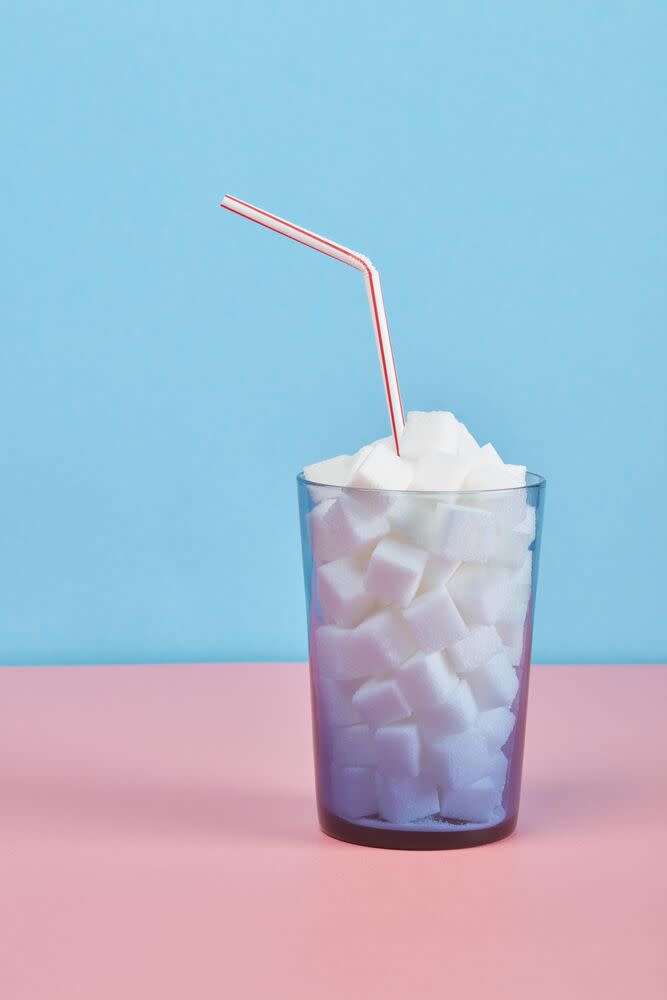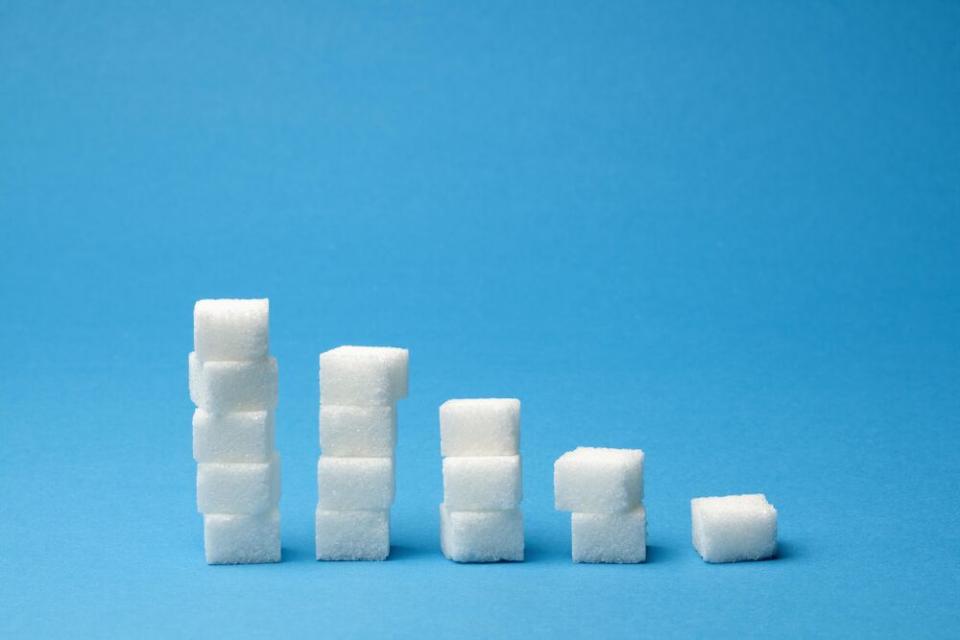2020 Food & Health Trends: Why You'll See Products With Less Sugar
This is part two of a 10-part series defining the top food & health trends of 2020.
New FDA label guidelines for the Nutrition Facts panel on food packaging went into effect for large manufacturers on January 1, 2020 (note that smaller manufacturers have until January 1, 2021, to comply). Many of the changes may seem so minimal to consumers that they go fairly unnoticed. However, there is one big change that's been highly anticipated, and that's the mandatory addition of an added sugars value. This is a change many consider way overdue, and it's a driving force behind one of our big 2020 trend predictions.
We think these new label guidelines mean manufacturers will actually start decreasing added sugars in food products. But aside from it maybe being the right thing to do for overall American health, what real incentive do manufacturers have for reformulating products? And why now?
"Added Sugars" contributing to public health decline
First, let's look at some facts. The prevalence of obesity and associated chronic diseases has skyrocketed over the past two decades. And while blame can't be placed solely on any one nutrient or diet component, Americans' increased added sugar intake is considered one of the key factors. Added sugars are those incorporated into a recipe or product during preparation or processing, which means processed foods like snacks, cereals, granola bars, desserts, and drinks are all primary sources. In fact, the typical American diet contains an excessive 17 teaspoons of added sugars per day. This is in comparison to recommendations that advise ≤ 6 teaspoons for women and ≤ 9 teaspoons for men.

Why will an "Added Sugars" label make a difference?
In the past, the Nutrition Facts panel showed the "Total Carbohydrate" value for a food and included how much of those total carbohydrates came from sugar. But the "Sugar" value on a label was a sum of both the natural and added sugars in a food, leaving consumers unable to determine how much of that sugar was natural versus added. This is important since it's added sugars—not sugars naturally found in fruits, vegetables, and some dairy—that are linked to obesity and chronic disease risks. But thanks to the new FDA guidelines that just went into effect, this has changed. As of January 1st, food labels will now include a value for "Added Sugars."
No more gray area
According to a 2012 study of consumer products, approximately 74% of all processed food products contain added sugars. So, this new transparency is why we're predicting that some manufacturers will reformulate their approaches to avoid disclosing added sugar amounts. And while desserts and soft drinks are some of the first products that come to mind when many think about added sugars, those may not even be where we see the biggest changes. Sure, there may be some slight tweaks to sugary treats and drinks, but I think the plethora of changes will be seen in those products where added sugars are neither expected or necessary. Some products that consumers may not even be aware have always contained added sugars include:
Salad dressings
Nut butters
Spaghetti sauces
Snack foods
Will this label change really make a difference?
The inclusion of an "Added Sugars" label may have little impact on consumers' buying habits, especially for items already considered as splurge or less-healthy items (think soda or ice cream). But many people in the nutrition and food space think this change will give manufacturers a push to slowly improve overall nutritional values of foods, similar to how the inclusion of nutrition facts in restaurants has resulted in overall reductions in sat fat, sodium, and calories on those menus.

Why you should care about this trend
The inclusion of an "Added Sugars" label is something health analysts predict could be a significant factor in helping Americans decrease overall added sugar intake, not to mention bringing more general awareness and transparency to consumers. Think about it: This label will arm shoppers with valuable-yet-previously-unavailable knowledge about how much sugar is being added to their foods after the fact. That knowledge will beget awareness, which will in turn spur major food manufacturers to reduce added sugar volume in an effort to appease disgruntled consumers. And that in turn could lead to the disappearance altogether of certain products from grocery store shelves, while still other products would be made healthier by virtue of the new awareness surrounding this label. So while it may seem silly to think about, one little label change could lead to a huge trend in 2020—and beyond—for manufacturers to reduce how many added sugars they've been adding into our diets for years.
How to implement this trend into your 2020: Look for the new "Added Sugars" label on brand-name food products and assess how much you've been consuming. From there, come up with a plan to reduce the amount of added sugars in your diet, even if that means using a meal-planning service to help.

